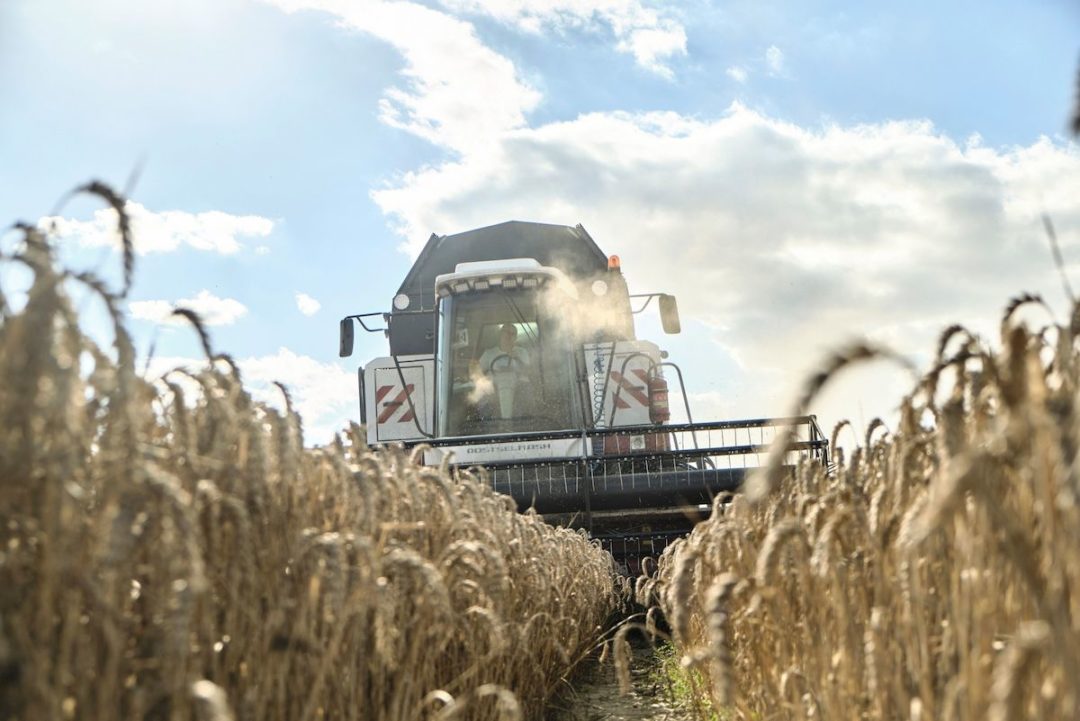
Visit Our Sponsors |
|
|
|
|
|
|
|
|
|
|
|
|
|
|
|
|
|
|
|
|
|
|
|
|
|
|
|
|
|
|
|
|
|
|
|
|
|
|
|
|
|
|
|
|
|
|
|
|
|
|
|
|
|
|
|
|

Global food prices continued to decline to their lowest levels in more than two years amid ample supplies of cooking oils and dairy, even as worries persist regarding the flows of key staples from some regions.
An index of food-commodity costs fell by 2.1% in August on subdued demand and good outputs of vegetable oils and milk, the United Nations’ Food and Agriculture Organization said September 8. The gauge has slid 24% since hitting a record high in March 2022, when Russia’s invasion of Ukraine disrupted global grain exports.
Grains have been a big driver of the retreat since 2022. A second bumper Russian wheat harvest has helped temper prices, and Ukrainian exports continue to flow despite the end of a Black Sea grain deal and repeated attacks on its ports. The U.S. is also forecast to collect a near-record corn crop, although extreme heat at the end of the growing season risks curbing yields.
Read more: How Retail Supply Chains Can Prepare for the Surge in Organic Food Sales
There are also other supply threats. India has slapped export restrictions on rice, a vital part of the diets of billions around the world, sending the FAO’s rice index to a 15-year nominal high in August.
Extreme weather is affecting a variety of crops, and food inflation also remains high in many countries on the back of high energy and labor costs. The UN’s food price index reflects costs for internationally traded commodities and not retail prices.
Dairy, vegetable oil and meat prices all dropped at least 3% in August, the FAO said. Its gauge of grain costs also declined, pressured by a record Brazilian corn harvest. Sugar prices rose.
RELATED CONTENT
RELATED VIDEOS
Timely, incisive articles delivered directly to your inbox.


